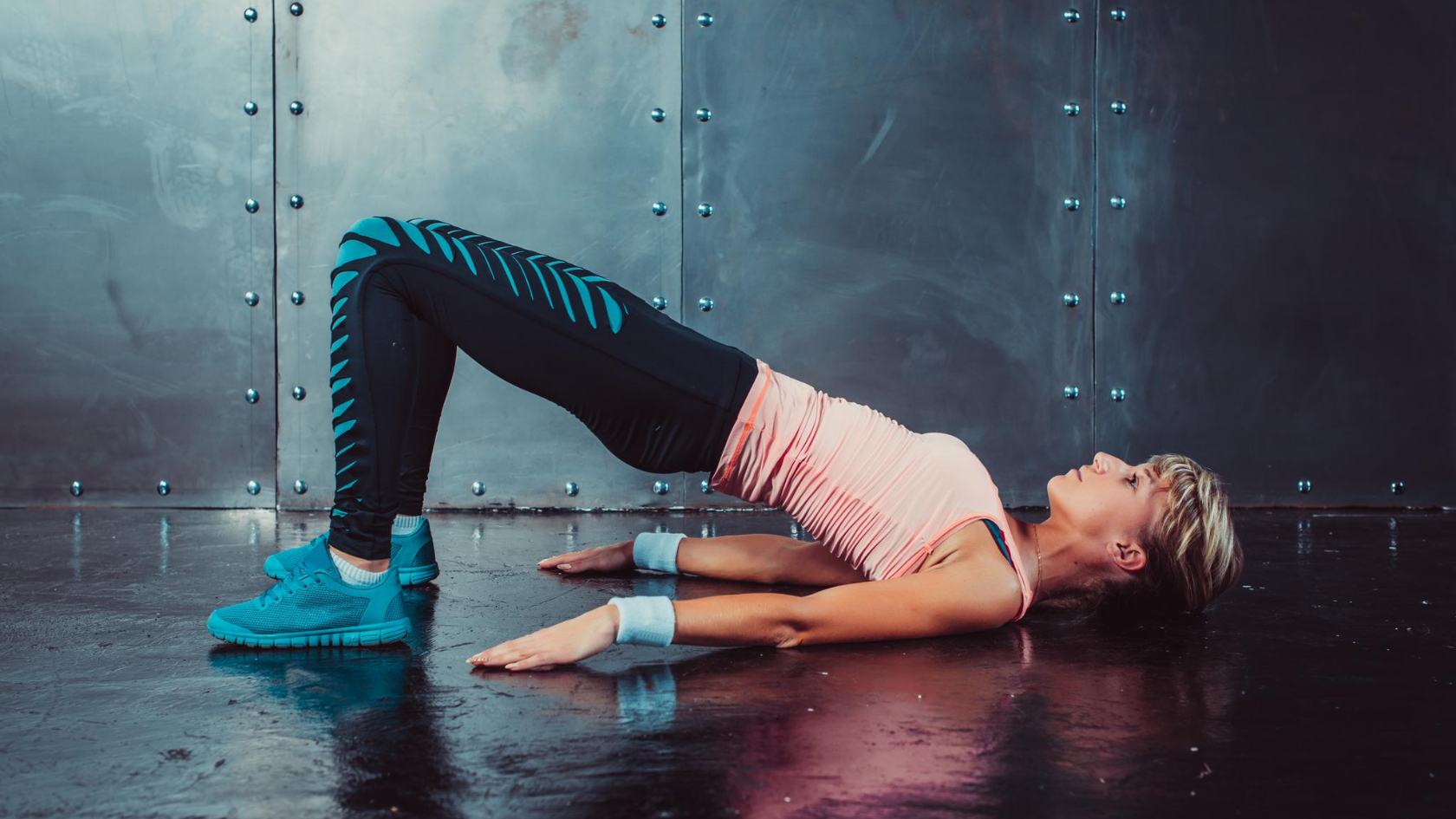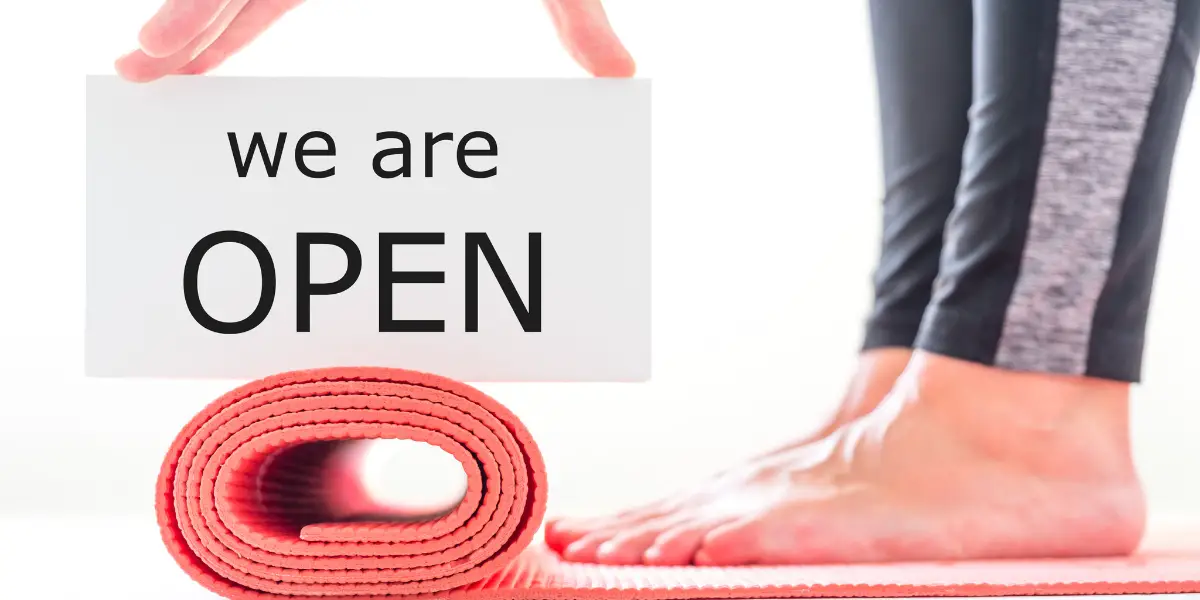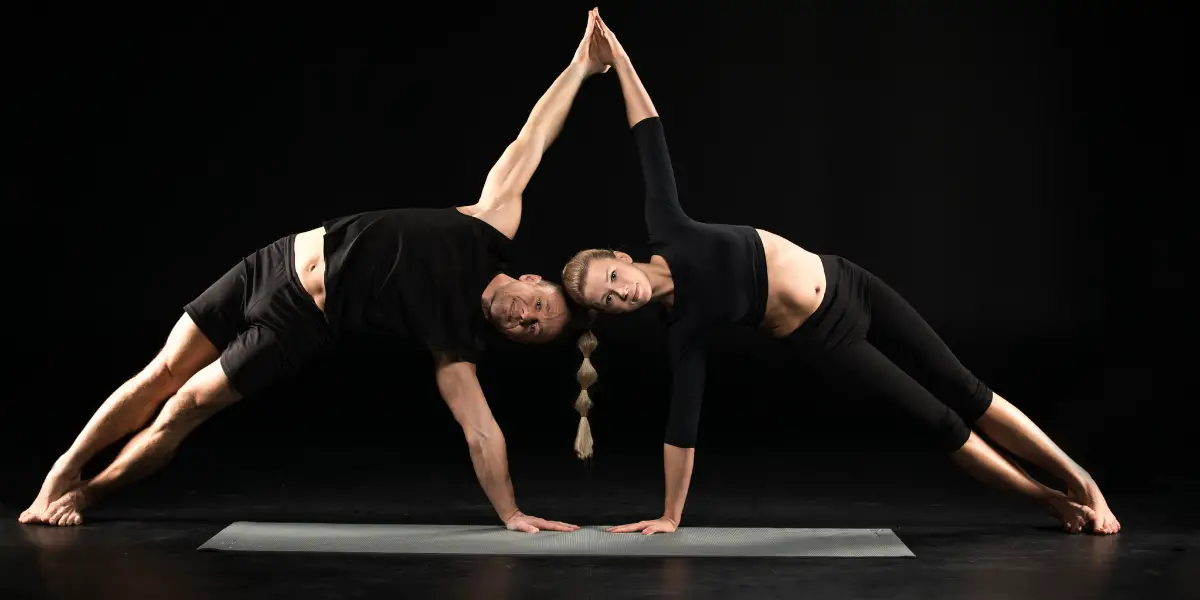You strengthen, you stabilize, you tone—such is the power of the Pilates bridge when it comes to bolstering your core strength. This deceptively simple exercise doesn’t just work your abs; it engages your glutes and hamstrings, creating a foundation of stability that reverberates through your entire body.
With each lift of your hips, you’re not only sculpting a stronger core but also improving your posture and flexibility. It’s critical, though, that you nail the form to reap the full benefits.
As you incorporate the bridge into your routine, remember that variations can up the ante, challenging your muscles even further. Whether you’re a beginner or a seasoned enthusiast, the Pilates bridge can be a key player in your core conditioning arsenal, provided you execute it with precision and care.
Understanding the Pilates Bridge
The Pilates bridge is a foundational exercise that targets your core muscles by leveraging the stability of your feet and the strength of your hamstrings. To perform the Bridge Exercise effectively, place your feet firmly on the mat, hip-width apart. This proper foot placement is key to activating the push-pull dynamic essential for hamstring engagement, which prevents strain and maximizes benefits.
Keep your lower back in a neutral position to ensure your abs are fully engaged and your lower back is supported. Relax your shoulders, grounding them into the mat to provide a stable base that contributes to better posture and stability.
Understanding these technique nuances won’t only enhance the effectiveness of your Pilates Bridge but also prevent injury, ensuring a safer and more productive core-strengthening session.
Core Muscles Targeted
When you perform the Pilates bridge, your core muscles—specifically the transversus abdominis and internal obliques—become the primary focus of the exercise. These deep abdominal muscles are key to stabilizing your lumbar region and controlling your spine’s movements.
As you engage in the bridge, ensure your feet are properly aligned to activate the push-pull dynamic with your hamstrings. This action, in turn, enhances the engagement of your entire core.
To maximize the effectiveness of the Pilates bridge, maintain a neutral spine by contracting your abs. This correct lower back alignment is crucial. Also, keep your shoulders relaxed and aligned to provide a stable base.
This form not only benefits your posture but also ensures the targeted muscle groups are precisely activated, leading to strengthened core stability.
Bridge Exercise Mechanics
Understanding the Pilates bridge’s mechanics starts with your body’s positioning and the deliberate movements that enhance your core’s strength. Your feet should be placed hip-width apart to activate the posterior chain effectively. Keep your lower back in a neutral position, and engage your abs to ensure your core is fully activated throughout the exercise.
Relax your shoulders, grounding them down with palms facing the ceiling. This stabilizes your upper body and aligns your shoulders correctly. Now, focus on the push-pull motion with your feet, engaging your hamstrings to maximize the exercise’s effectiveness.
Here’s a precise breakdown of the key components:
| Aspect | Purpose |
|---|---|
| Proper Foot Placement | Activates push-pull motion, engages lower body |
| Neutral Lower Back | Ensures core activation |
| Relaxed Shoulders | Provides stability, proper alignment |
Follow these mechanics to make your Pilates bridge exercise as effective as possible for core strength.
Benefits for Core Strength
You’ll notice several key benefits for your core strength as you incorporate the Pilates bridge into your exercise routine. This move helps strengthen your abdominal muscles, which is crucial for core stability. By maintaining a neutral lower back during the exercise, you’re not only fostering improved posture but also reducing the risk of lower back pain.
Proper foot placement ensures the activation of a push-pull motion, further enhancing core strength through hamstring engagement. Relaxing your shoulders creates a stable base, which is instrumental for better posture and core stability.
Moreover, the bridge specifically targets and isolates the gluteal muscles, bolstering your core strength. With consistent practice, including the abdominal drawing-in maneuver, you’ll likely see a positive change in the thickness of your abdominal muscles, indicating a more robust and stable core.
Performing the Bridge Correctly
Consistently mastering the correct form of the Pilates bridge is essential in reaping its core-strengthening benefits. To perform bridge exercises effectively, you must focus on precision and control. Here’s how to maintain a neutral position and execute the movement correctly:
- Foot Placement: Place your feet hip-width apart, within reach of your fingertips to activate your lower body properly.
- Neutral Back: Keep your lower back in a neutral position, avoiding excessive arching to engage your core fully.
- Shoulder Stability: Relax your shoulders away from your ears, creating a stable base without tension.
- Hamstring Engagement: Activate the push-pull motion with your feet, drawing your hamstrings towards your body to enhance the exercise.
- Technique Adherence: Follow these tips diligently to maximize benefits and prevent injury.
Common Bridge Variations
Several bridge variations can help you further challenge your core and enhance your Pilates practice. One effective variation is the Single-Leg Bridge, where you extend one leg towards the ceiling, maintaining your foot placement with the other leg to keep the push-pull dynamic. This variation amplifies core engagement by adding instability, demanding more from your abdominal muscles.
Another is the Pilates Bridge with a leg sweep, where you lower and lift one leg in a controlled sweep while in the bridge position. This movement not only works your core but also your hip flexors and hamstrings. Remember, keeping your lower back neutral and your shoulders relaxed and stable is key to performing these variations effectively.
Each variation brings a new level of intensity, ensuring your core strength continues to build as you progress through your Pilates journey.
Mistakes to Avoid
Amid exploring bridge variations, don’t overlook common mistakes that can undermine your core strength gains. When starting a new exercise like the Pilates bridge, it’s crucial to be aware of these pitfalls:
- Avoid excessively arching your lower back to prevent strain.
- Be cautious not to raise your hips too high or too low; it should be just right.
- Ensure your knees stay aligned and don’t collapse inward.
- Remember to breathe; holding your breath creates unnecessary tension.
- Focus on engaging your core muscles instead of relying on momentum.
Measuring Bridge Effectiveness
Assessment of your core’s resilience can provide valuable insight into the efficacy of the Pilates bridge in your workout regimen. You’ll want to focus on precision and technique to truly gauge the impact on your core strength. Variations of the Bridge pose can challenge you further, but let’s start with how to measure the effectiveness of the basic bridge.
| Criteria | Observation |
|---|---|
| Alignment | Neutral spine, relaxed shoulders |
| Engagement | Hamstrings and core activation |
| Stability | Smooth, controlled movement |
As you perform the bridge, pay attention to these criteria. Is your spine neutral? Are your shoulders relaxed? Can you feel your hamstrings and core engaged? And finally, is your movement stable and controlled? These observations will help you understand the bridge’s role in strengthening your core.
Sources
https://www.verywellfit.com/how-to-do-the-bridge-exercise-3120738
https://jessicavalantpilates.com/why-you-should-be-doing-the-pilates-bridge-exercise
https://blog.clubpilates.com/why-bridging-is-important
https://www.ncbi.nlm.nih.gov/pmc/articles/PMC6047969/




